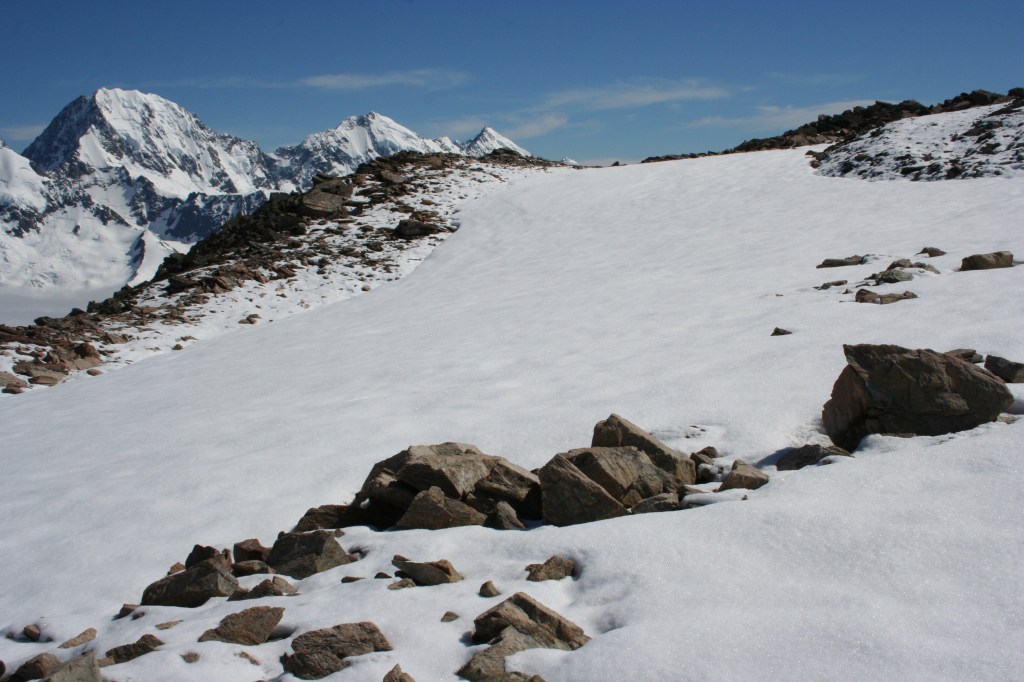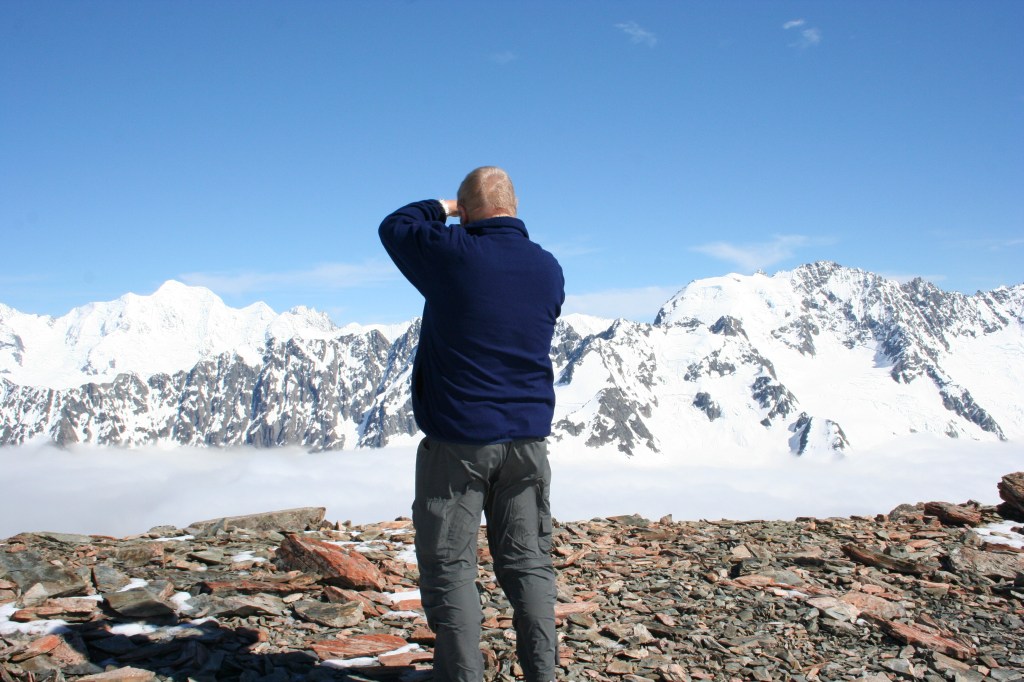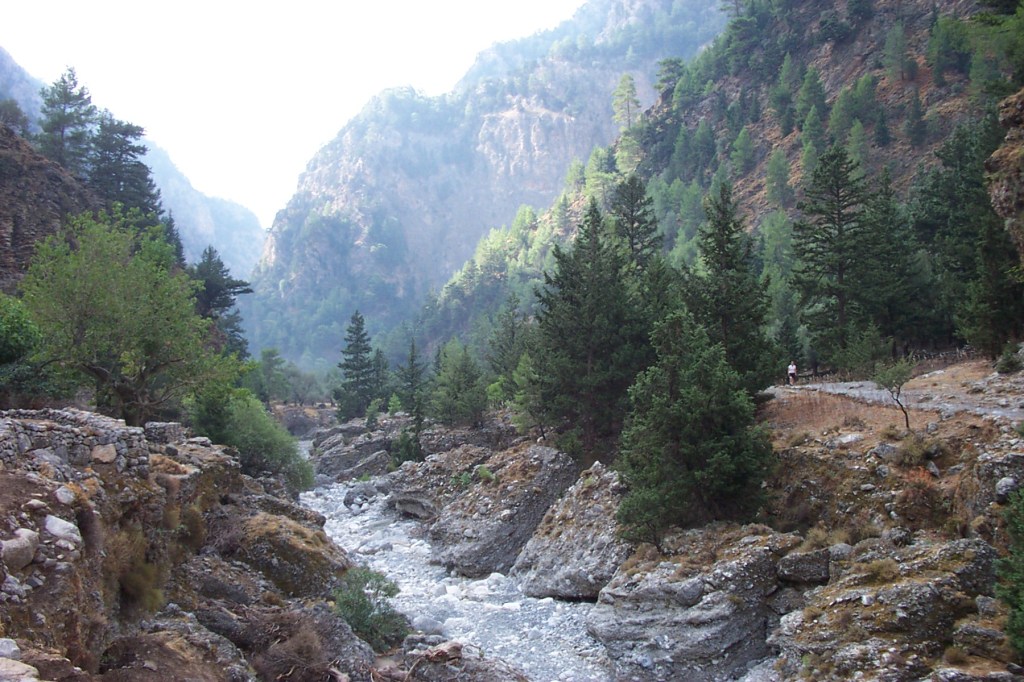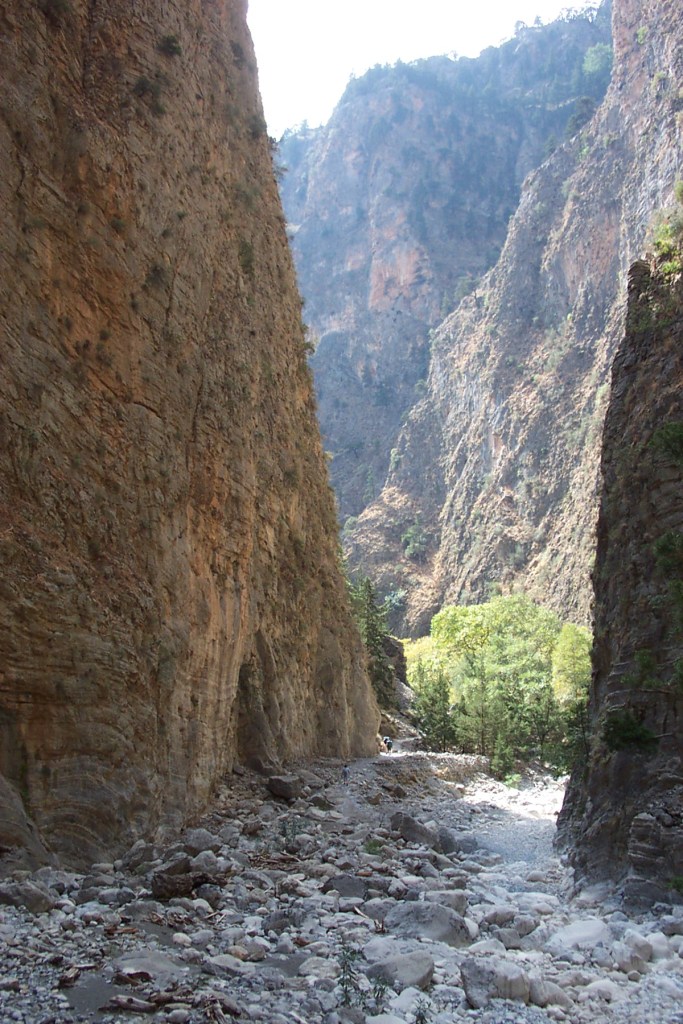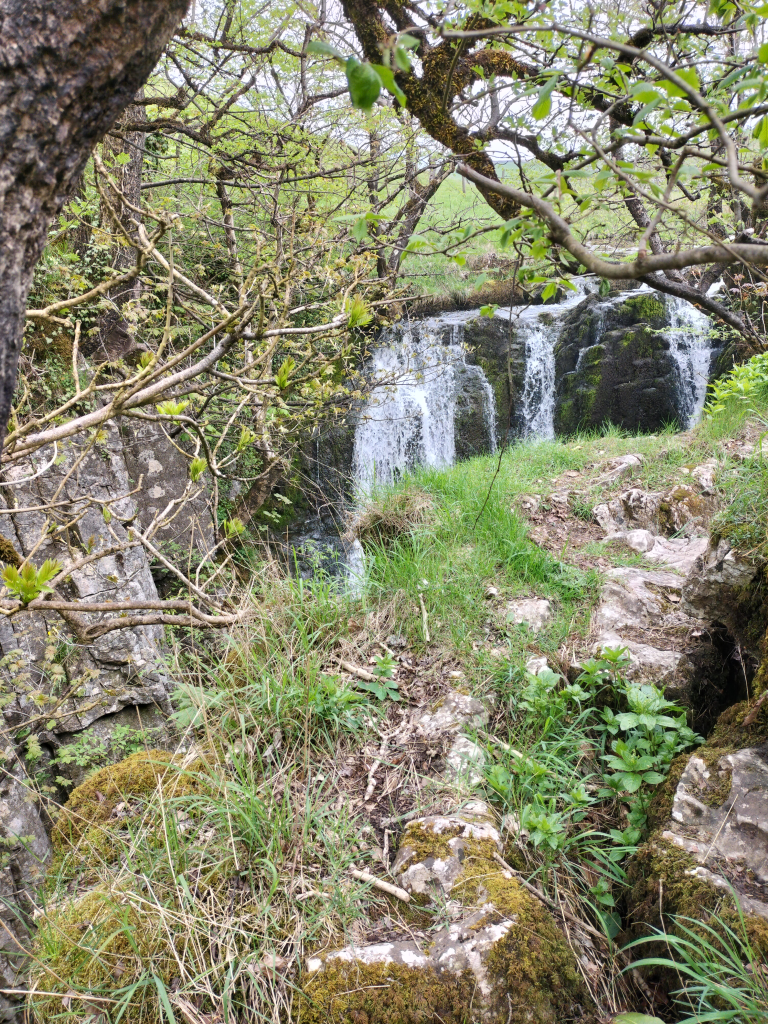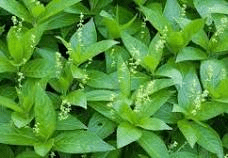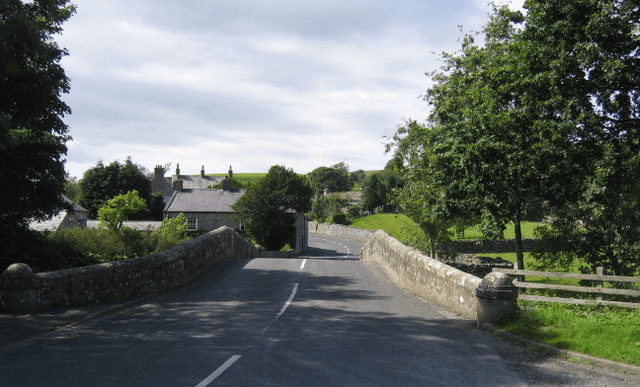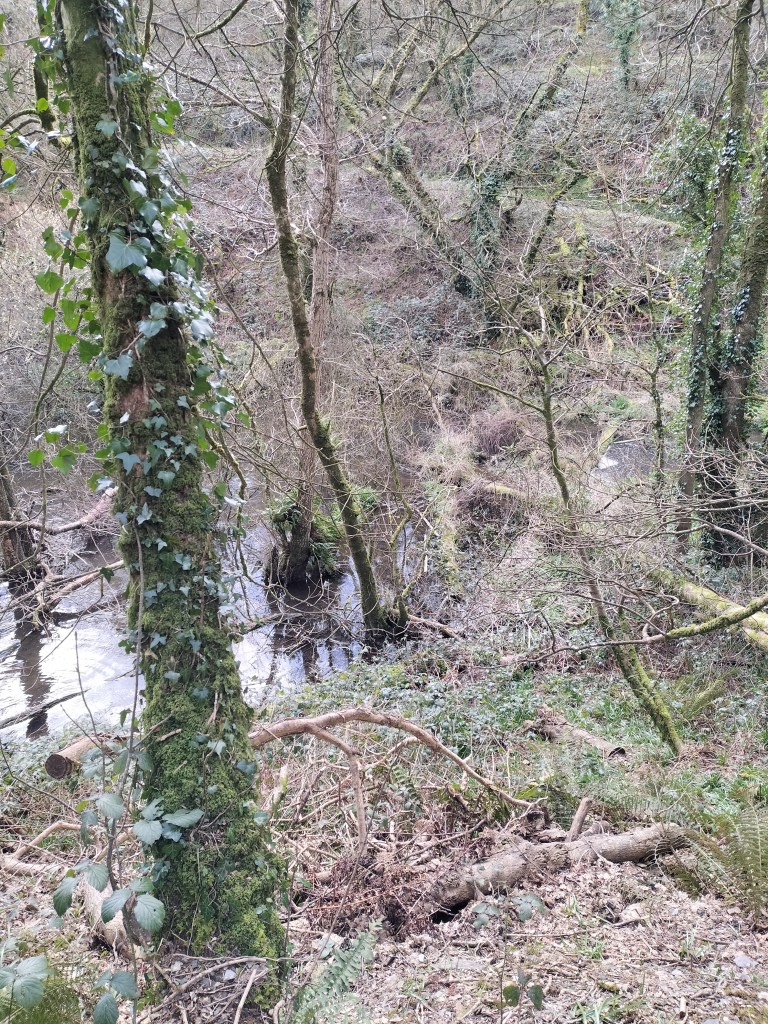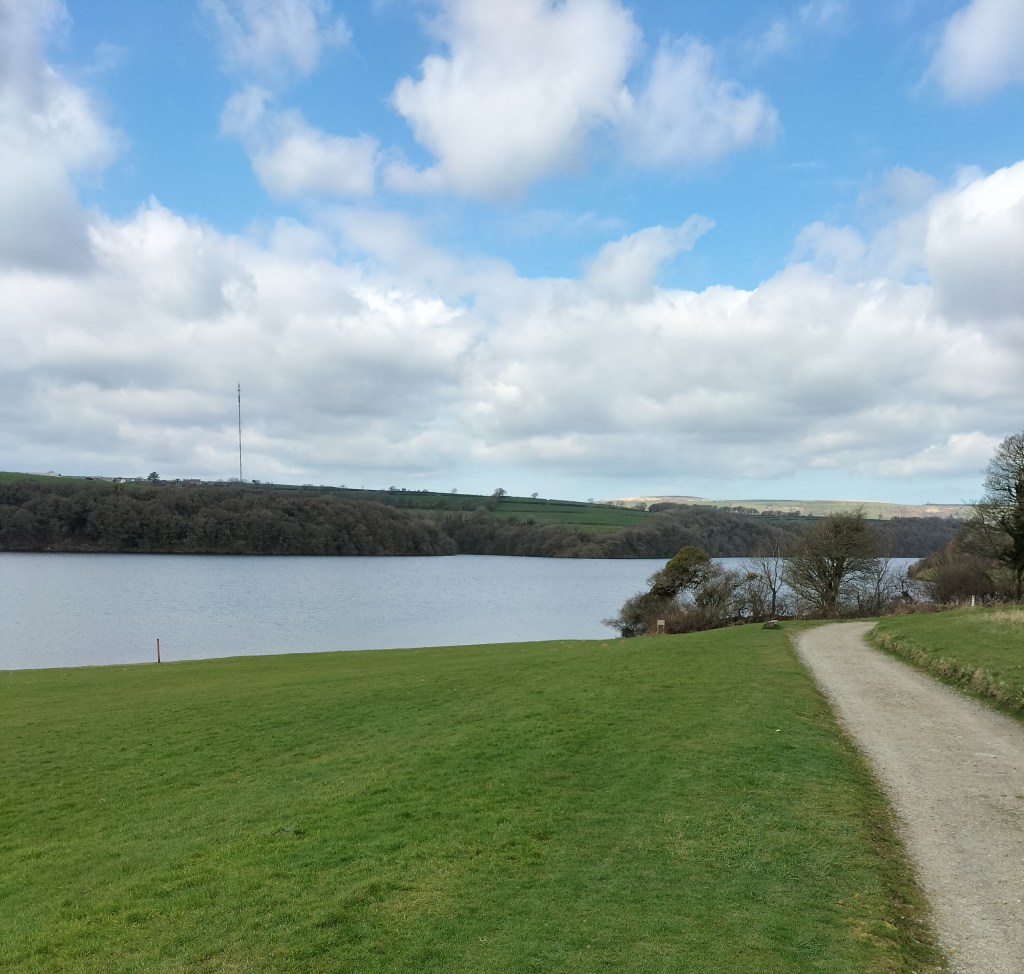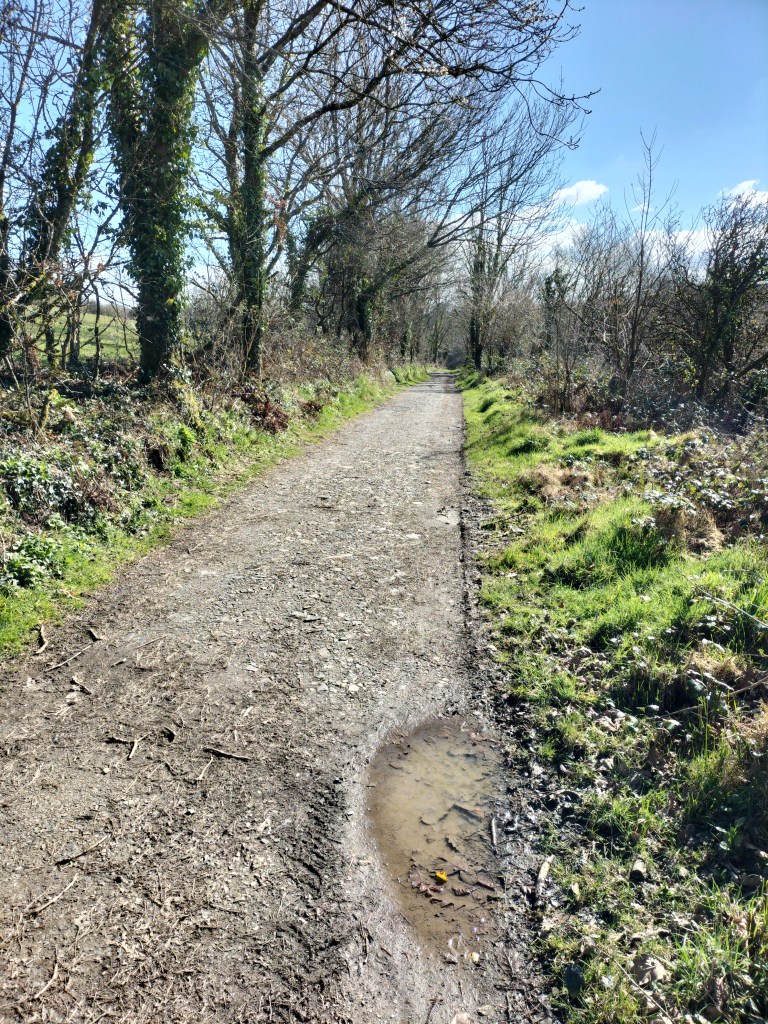Trust is the one thing that families should be able to take for granted. Trust born from love, from the belief that each member knows the other because they have lived together, seen the weakness and strength of each other. Having faith in each other means there is trust in theirselves, in their judgements, in the confidence that they are implicitly correct in that conclusion. But of course trusting can be the automatic option, the unquestionable. It also avoids any confrontation between siblings, parents, relatives. It means that every one can get on with their lives, not having to think too hard about the actions of everyone else in the family. It’s taken for granted that each believes whatever they are told. Don’t question. In turn it’s accepted that each can also reveal whatever they want to disclose about themselves, their thoughts, their actions. And take for granted that they are believed.
There is only one problem with that premise. Everyone is on their own in their heads. No one (whatever anyone believes to the opposite) can read minds. What we present to the world, the façade we choose to show is our decision.
And that is where the secrecy comes in. Although it’s undeniable that every family has its secrets, it’s the substance of them that count. Of course secrets can also be trivial, small, kept in a loving way (a celebratory surprise, a present) or as a kindness, hiding something that is better kept under wraps if the person keeping it believes that.
On the other hand, harrowing, life-changing secrets can damage an entire family for some time. Even forever. Those kinds of secrets break that instinctive trust, that belief that those closest to us, who we love and respect, are truthful. Are not lying.
Families can be complicated. That’s an obvious statement. And where there are families with secrets, there are stories. And these are the stories that are at the root of all my books.
None more so than in The Memory. A story built around one of the biggest secrets a family can have.
****
Runner up in the Wales Book of the Year 2021: The Rhys Davies Trust Fiction Award.
Many readers have asked what was the inspiration for The Memory and my answer is always memories: memories of being a carer for two of my aunts who lived with us for a long time, memories of a friend dying in my childhood; a friend who, although at the time I didn’t realise, was a Downs’ Syndrome child. But why I actually started to write the story, I can’t remember. Because it was something I’d begun years ago and was based around the journal I’d kept during that decade of looking after my relatives so we could talk about what we’d done during the day – revive the memories of that day. But years afterwards I discovered something I’d not known – a secret kept from me by one aunt.
I’ve had some wonderful reviews for The Memory. This is one of my favourite
Review:
“The Memory is quite possibly Judith Barrow’s masterpiece. The dual timeline structure is ideally suited to bring us to that critical moment in the past. What exactly did Irene see? She’s an unreliable narrator, a child trying to understand a single memory that redefines her life in one timeline, while in the other timeline she’s a woman who has lost everything she ever loved except for the memory of the sister who haunts her.
The writing is spare and elegant, with just enough detail to create a picture of Irene’s world. Told in the first person, we see Irene as she grows from a bewildered child determined to care for her ‘special’ little sister to a woman who sacrifices her own hopes and dreams to care for her family. Those who’ve been caretakers to parents suffering from alzheimer’s and dementia will also recognize the sheer exhaustion and thankless effort demanded.
But the other thing I enjoyed in what could have been a desperately dark tale was that Irene knew love along the way. She remembered her childhood days with loving parents, she cherished the love of her grandmother, and she accepted the bedrock certainty of her husband Sam’s love. Most of all, she had the memory of loving little Rose…”
SAMPLE: THE MEMORY
Chapter One 2002 Irene
There’s a chink of light from the street lamp coming through the vertical blinds. It spreads across the duvet on my mother’s bed and onto the pillow next to her head. I reach up and pull the curtains closer together. The faint line of light is still there, but blurred around the edges.
Which is how I feel. Blurred around the edges. Except, for me, there is no light.
I move around the bed, straightening the corners, making the inner softness of the duvet match the shape of the outer material; trying to make the cover lie flat but of course I can’t. The small round lump in the middle is my mother. However heavily her head lies on the pillow, however precisely her arms are down by her sides, her feet are never still. The cover twitches until centimetre by centimetre it slides to one side towards the floor like the pink, satin eiderdown used to do on my bed as a child.
In the end I yank her feet up and tuck the duvet underneath. Tonight I want her to look tidy. I want everything to be right.
She doesn’t like that and opens her eyes, giving up the pretence of being asleep. Lying face upwards, the skin falling back on her cheekbones, her flesh is extraordinarily smooth, pale. Translucent almost. Her eyes are vague under the thick lines of white brows drawn together.
I ignore her; I’m bone weary. That was one of my father’s phrases; he’d come in from working in the bank in the village and say it.
‘I’m bone weary, Lil.’ He’d rub at the lines on his forehead. ‘We had to stay behind for half an hour all because that silly woman’s till didn’t add up.’ Or ‘… because old Watkins insisted I show the new lad twice how I leave my books at night; just so he knows, as though I might not go in tomorrow.’ Old Watkins was the manager, a job my father said he could do standing on his head but never got the chance.
And then, one day, he didn’t go into the bank. Or the day after that. Or ever again.
I wait by the bed. I move into her line of vision and it’s as though we’re watching one another, my mother and me; two women – trapped.
‘I can’t go on, Mum.’ I lift my arms from my side, let them drop; my hands too substantial, too solid to hold up. They’re strong – dependable, Sam, my husband, always says. I just think they’re like shovels and I’ve always been resentful that I didn’t inherit my mother’s slender fingers. After all I got her fat arse and thick thighs, why not the nice bits?
I’ve been awake for over a day. I glance at the clock with the extra large numbers, bought when she could still tell the time. Now it’s just something else for her to stare at, to puzzle over. It’s actually twenty-seven hours since I slept, and for a lot of them I’ve been on my feet. Not that this is out of the ordinary. This has been going on for the last year; long days, longer nights.
‘Just another phase she’s going through,’ the Irish doctor says, patting me on the shoulder as she leaves. ‘You’re doing a grand job.’ While all the time I know she’s wondering why – why I didn’t give up the first time she suggested that I should; why, by now, I’ve not admitted it’s all too much and ‘please, please take her away, just for a week, a day, a night. An hour.’
But I don’t. Because I have no choice. Mum told me years ago she’d sorted it out with her solicitor; there was no way she’d agree to our selling this house; as a joint owner with Sam and me she would block any attempt we made. There’s no way we could afford to put her into care; over the years, we’ve ploughed most of Sam’s earnings into the renovation and upkeep of the place. So here I am. Here we are.
But there is another reason; a more precious reason that means I can’t – won’t leave this house. Rose, is here. It’s over thirty years since she left us. But I still sense her next to me, hear her voice sometimes, feel her trying to comfort me. I won’t leave her on her own again. I did it once before–I won’t do it a second time. Not like that anyway.
So, ‘I can’t go on, Mum,’ I repeat. My head swims with tiredness and I’m so cold inside.
She doesn’t answer. She doesn’t have to do most of the time; I’ve learned to interpret the noises; the tones of each wail, yell and cry. Even the sniffs. She was always good on the sniffs. She had a whole language of sniffs: contempt, short and sharp, lips pursed: utter displeasure, long drawn out, lip corners pulled in tight: anger, almost silent, nostrils flaring. And then there was her pleased sniff (not used very often) a long spluttering drawing in of breath accompanied by a rare smile.
She watches me. Or is that my imagination? Because as I move, her eyes don’t; unfocussed, they’re settled on the photograph of the three of us on the beach at Morecambe. I was six, in the picture I’m sitting on Dad’s lap. The time it was taken as distant as the vague shoreline behind us. The grey sea as misty and as unattainable, as far away, as yesterday’s thoughts. At least to her.
Or is she seeing something else? A memory? That memory? I’m hoping that of all the recollections that linger, if any do linger in that blankness that has been her mind for so long, of all the memories, it’s that one. The one that makes hate battle with pity and reluctant love. If nothing else I hope she remembers that.
I feel quite calm. I don’t speak; it’s all been said.
And now her eyes move from my face, past me. It’s as though she knows. I’m so close I see the crisscross of fine red lines across the whites, the tiny yellow blobs of sleep in the inner corners, the slight stutter of a nerve on the eyelid that moves the sparse lashes.
And then she speaks. ‘Rose?’ she says. Clearly. ‘Rose’. Just like that.
1963 Irene age eight
When I was eight I came home from school to find Rose had been born. I was surprised and pleased to see Nanna in the kitchen waiting for me. She didn’t visit often; her and Mum didn’t get on that well, even though they were mother and daughter. And, even better, she’d made jam tarts and had brought a bottle of Dandelion and Burdock with her.
‘Calm down, wash your hands and finish this lot first.’ She put the plate and glass in front of me, her hand lingering on top of my head.
I grinned up at her, jigging about in my chair so much that the pop went up my nose and I spluttered crumbs everywhere. I laughed and so did she, but there was something about her eyes that made me hesitate.
‘You okay, Nanna?’
‘I’m fine love.’
Later, when I look back into that moment, I see her hands trembling, hear the catch in her voice but right then I was too excited.
I raced upstairs to their room, calling, ‘Mum, I’m home.’ Even though she’d become so grumpy lately I’d still have a hug and a kiss from her when I got back from school. But not that day.
Mum was in bed, hunched under the clothes. She didn’t move. Or speak. Perhaps she was tired; she’d been tired a lot lately. I patted the bedclothes where I thought her shoulders were and went round the other side of the bed.
The baby was in the old blue carrycot that had been mine and stored in the attic. I’d helped Dad to clean it up ages ago.
‘What’s she called?’ Mum didn’t answer. When I glanced at her she’d come out of the covers and was looking away from me, staring towards the window. Her fingers plucked at the cotton pillowcase. ‘Is she okay?’ I asked. The baby was so small; even though I could only see her head I could tell she was really little. I leaned over the carrycot. ‘Can I hold her?’
‘No,’ Dad’s hand rested on my shoulder, warm, gentle. ‘She’s too tiny.’ He paused, cleared his throat. ‘And she’s not well, I’m afraid.’
That frightened me. I studied my sister carefully; tiny flat nose between long eyes that sloped upwards at the outer corners. A small crooked mouth pursed as though she was a bit cross about something. I could see the tip of her tongue between her lips. ‘She doesn’t look poorly.’ I tilted my head one way and another, studying her from different angles. Nope, except for the little twist in her top lip, which was cute, she looked fine. ‘What’s she called?’ I asked again, watching her little face tighten and then relax as she yawned, then sighed.
Turning on her back, Mum slid down under the eiderdown. ‘Take it away,’ she mumbled.
At first I thought she was she talking about me. Had I done something to upset her or the baby? But then I thought perhaps having a baby made you cross so I decided to forgive her. In the silent moment that followed I heard the raucous cry of a crow as it landed, thump, on the flat roof of the kitchen outside the bedroom window.
‘What’s she called?’ I whispered to Dad, determined one of them would tell me. When there was still no reply I looked up at him and then back at my sister. ‘I’m going to call her Rose, ’cos that’s what her mouth looks like; a little rosebud, like my dolly’s.’
Dad gathered both handles of the carrycot and lifted it from the stand. ‘I’ll take her,’ he said, and cocked his head at me to follow.
‘Do what you want.’ Mum’s voice was harsh. ‘I don’t want that thing near me.’
Then I knew she meant the baby; my baby sister. I was scared again. Something was happening I didn’t understand. But I knew it was wrong to call your baby ‘it’. It made me feel sick inside.
‘That’s mean,’ I whispered.
Mum held her hand above the covers. ‘Irene, you can stay. Tell me what you’ve been doing in school today.’ She pointed to the hairbrush on the dressing table, pushing herself up in the bed. ‘Fetch the brush; I’ll do your hair.’
The words were familiar; it was something she said every day. But her voice was different. It was as though she was trying to persuade me to do it. Like in school when one of your friends had fallen out with another girl and she was trying to get you on her side. It didn’t seem right; it didn’t seem like the mum I knew.
‘No, I’ll go with Dad.’ Suddenly I couldn’t bear to be anywhere near my mother. I held the end of the carrycot, willing Rose to wake up. And then she opened her eyes. And, even though I know now it would have been impossible, I would have sworn at that moment she looked right at me and her little mouth puckered into a smile.
That was the first time I understood you could fall in love with a stranger, even though that stranger is a baby who can’t yet talk.
And that you could hate somebody even though you were supposed to love them.
© Judithbarrow 2024
Links:
Amazon UK: http://tinyurl.com/2k9k46hx
Amazon.com: http://tinyurl.com/498bmxtr
Amazon.com aus: http://tinyurl.com/44pd8zm9
Social Media links
https://judithbarrowblog.com/
https://twitter.com/judithbarrow77
https://www.facebook.com/judith.barrow.3
https://www.honno.co.uk/authors/judith-barrow
https://www.bookbub.com/profile/judith-barrow





